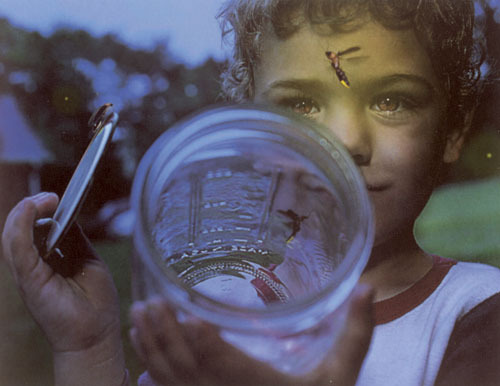
This Article From Issue
November-December 2007
Volume 95, Number 6
Page 548
DOI: 10.1511/2007.68.548
Children stare in wonderment at fireflies, paste glow-in-the-dark stickers on the ceilings of their rooms and beg parents to buy them light sticks at the local fair. Clearly, such things are cool—that is the theme of Anita Sitarski's Cold Light: Creatures, Discoveries and Inventions That Glow (Boyds Mill Press, $16.95, ages 9 and up). The book explores the concept of luminescence, characterizing it as a "cold light."
Sitarski chronicles scientists' encounters with many mysterious beacons of such heatless luminosity, including the phosphorescent Bologna Stone, a glowing chicken carcass studied by Robert Boyle and deep-sea creatures such as the crystal jellyfish. She also covers such inventions as light-emitting diodes (LEDs). The book is fun to read: The color photographs are fascinating, and it's full of quirky facts. For example, Sitarski reports that doctors treating soldiers during the Civil War noticed that patients with weakly glowing wounds healed better than those with ordinary lesions, presumably because the bioluminescent bacteria causing the glow helped remove dead tissue that harbored disease.

From A Cold Light.
The writing is accessible and, well, light-hearted. Scientific terms such as luciferase and photophore are explained clearly when they're first introduced, and they can also be found in a glossary at the back of the book. Kids will learn big new words to impress their friends at birthday parties, and what's more important, they'll find out why cold light exists in nature and how it can be used to further biomedical research.
Amid all the scientific explanations, the author finds ample opportunity to pile on the puns. A chapter on fireflies is titled "You Light Up My Life," and one on the luc gene is called "Send In the Clones." You might say the book sheds light on a delightful subject.

American Scientist Comments and Discussion
To discuss our articles or comment on them, please share them and tag American Scientist on social media platforms. Here are links to our profiles on Twitter, Facebook, and LinkedIn.
If we re-share your post, we will moderate comments/discussion following our comments policy.